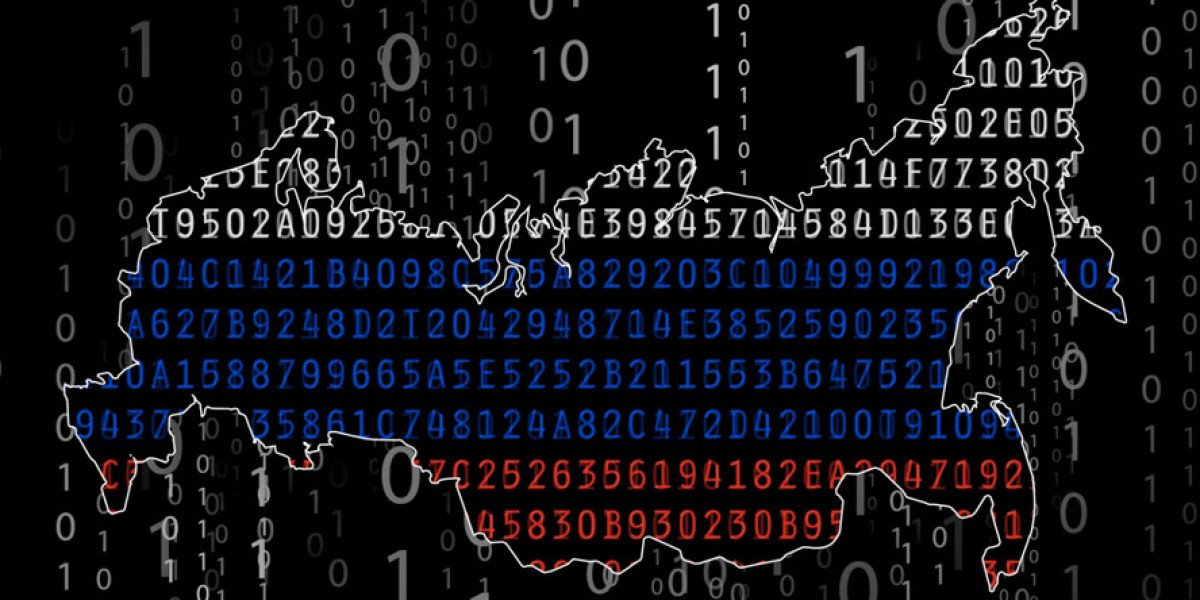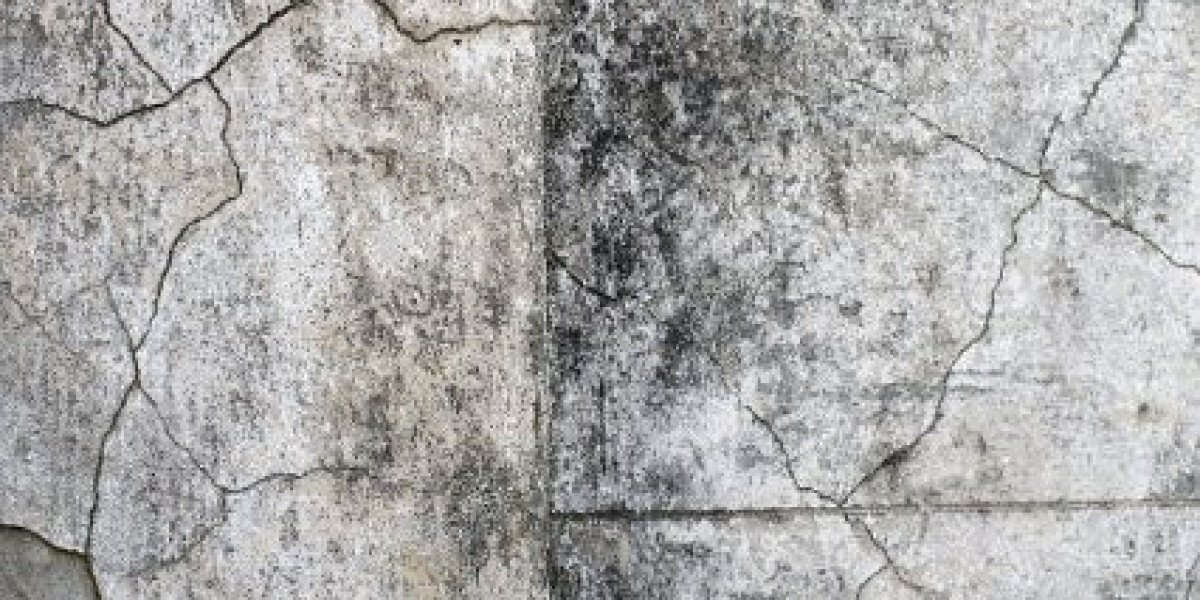Businesses are leveraging high-performance films to cut costs, enhance employee wellness, and meet aggressive carbon reduction targets.
(Intro for Summary)
Corporate facilities managers are increasingly deploying solar control window films as a strategic upgrade to improve bottom lines and workplace environments. The focus is on measurable ROI through energy savings, UV protection, and extended HVAC lifecycle. This trend is transforming commercial real estate management and corporate sustainability initiatives.
In boardrooms and facility management offices worldwide, a quiet revolution is taking place. Faced with the triple pressures of operational costs, sustainability mandates, and employee satisfaction, businesses are discovering a powerful ally in advanced solar control window films. This technology offers a rapid-deployment, high-impact solution to some of the most persistent challenges in managing commercial properties. By applying a nearly invisible layer to existing glass, companies can dramatically reduce solar heat gain, which accounts for a staggering portion of cooling costs in sun-exposed buildings. The financial and environmental imperative is clear. According to Straits Research, the global solar control window films size was valued at USD 5.68 billion in 2024. It is estimated to reach from USD 6.22 billion in 2025 to USD 12.93 billion by 2033, growing at a CAGR of 9.57% during the forecast period (2025–2033). This growth is being fueled by its recognition as a critical tool for corporate energy management strategy.
Global Player Analysis: A Focus on Commercial and Automotive Applications
The key players are tailoring their products and strategies to capture the vast commercial and automotive segments, where the return on investment is most compelling.
Avery Dennison Corporation (USA): Known for its pressure-sensitive materials, Avery Dennison is a major supplier of window film components and finished products. Their innovation focus for the commercial sector includes ultra-durable, scratch-resistant coatings designed for the high-traffic environments of office towers and hospitals, ensuring long-term performance and clarity.
Johnson Window Films, Inc. (USA): A key competitor, Johnson has gained significant traction by offering a wide range of products at competitive price points. Their recent strategy involves targeted marketing towards the automotive fleet industry, demonstrating to businesses how films can reduce fuel consumption by lowering air conditioning use in delivery vans and trucks.
Hanita Coatings (Israel): This Israeli specialist has built a strong reputation for high-performance, innovative films. Hanita's recent developments are in the area of anti-graffiti and hardened safety films, catering to government buildings, schools, and public transport sectors that require additional security and vandalism protection alongside solar control.
Erickson International [LLC] (USA): Operating globally, Erickson has focused on the premium end of the commercial market. They have recently been promoting their films as part of a "whole-building" approach to energy efficiency, often partnering with HVAC firms and sustainability consultants to provide clients with detailed energy savings modeling before installation.
Solar Control Films Inc. (USA): As both a manufacturer and a major installer, they have a direct pulse on customer needs. Their recent updates include the adoption of advanced digital cutting technology that allows for precise, waste-free installation on complex glass facades, reducing labor time and cost for large commercial projects.
Emerging Trends in Commercial Adoption
The demand in the business world is being shaped by several key factors:
The ESG Investment Driver: The single largest trend is the corporate rush to meet ESG goals. Installing window films is a highly visible and easily quantifiable project that demonstrates a commitment to reducing energy consumption (the 'E' in ESG) and is often a cornerstone of corporate social responsibility reports.
Focus on Occupant Wellness and Productivity: Beyond energy, companies are using films to create better work environments. By eliminating hot spots and reducing glare on computer screens, these films directly improve employee comfort, which is linked to higher productivity and reduced eyestrain. The near-total blocking of UV rays also protects expensive furnishings, artwork, and flooring from fading.
The Retrofit Advantage: For building owners, the appeal of retrofitting existing structures without the cost and disruption of full window replacement is immense. Window films offer a way to dramatically upgrade the performance of older, inefficient glass at about 10-20% of the cost of new windows, providing an outstanding return on investment.
Regulatory Compliance: In some regions, new building codes and energy efficiency regulations are mandating higher performance from building envelopes. Window films provide a path to compliance for older buildings that would otherwise be in violation or face steep penalties.
Recent News and Industry Updates
The sector's strategic importance is highlighted in recent announcements. In a landmark case study, a major US-based bank retrofitted its national headquarters with film from 3M (USA), reporting a projected 30% reduction in cooling costs and a payback period of under three years. Across the Atlantic, Hanita Coatings (Israel) announced a new contract to supply its solar safety film for the entire fleet of a European capital's public buses, enhancing passenger comfort and protecting interiors.
The data from Straits Research underscores a fundamental shift in perception. Solar control window films are no longer a simple cosmetic addition but are now a strategic, data-driven investment for forward-thinking businesses. As companies continue to seek every possible advantage in efficiency and sustainability, this technology is poised to become a standard feature in the commercial buildings of the future.








